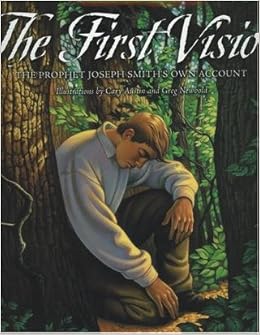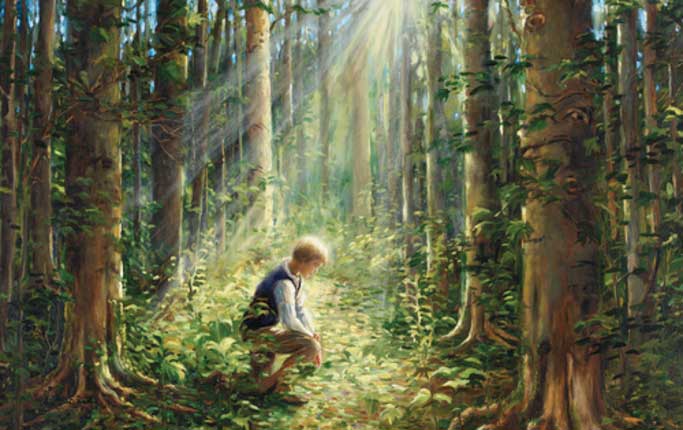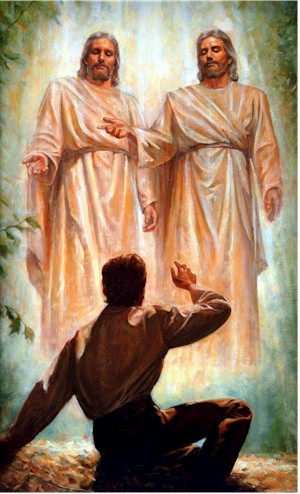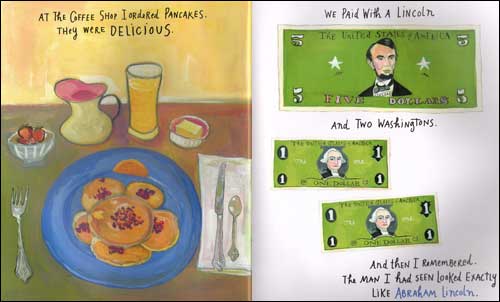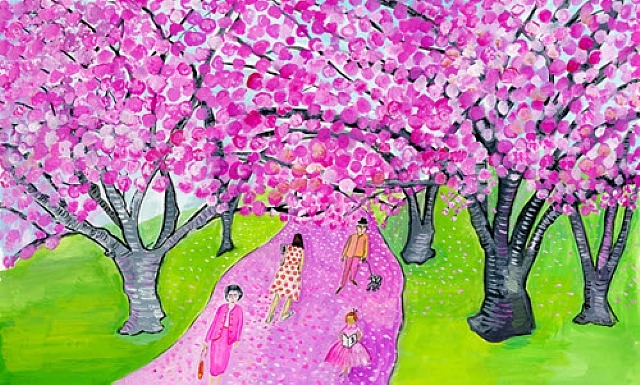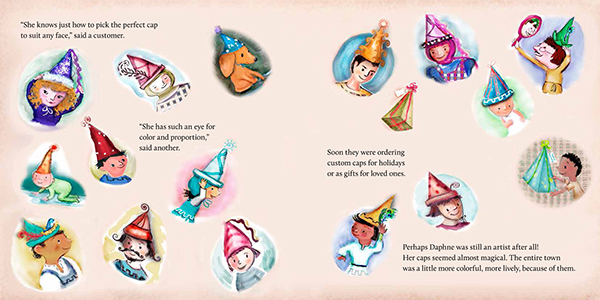 |
| Read, study, and share 14 picture books in 14 days |
Here's your Linky code for Blogger blogs: <script type="text/javascript" src="http://www.simply-linked.com/listwidget.aspx?l=7A507AD0-9FF4-43E9-AC0A-D1BA30E16207" ></script>
Here's your LINK for Wordpress blogs.
Welcome to DAY 8!!! And our guest blog post #2 to kick off week 2. Please give a warm welcome to Heather Ayris Burnell! She's here to talk about how much she loves STUDYING PICTURE BOOKS!!! And since you're here, we know you love it too! Thanks so much, Heather, for taking the time to share your thoughts and be with us today.
 |
Bedtime Monster
by Heather Ayris Burnell |
"I love studying picture books. What could possibly be more fun than going through huge stacks of illustrated stories?
One of my favorite things to do is pull all of the picture books I can find on a certain subject off of the library shelves. As a librarian I use themes to create fun book displays. As a writer I use them to learn about what’s out there.
Studying by theme can help you learn what authors have done with a certain type of character: princesses, pirates, trucks, robots, dogs, bugs, porcupines…. You can find virtually every sort of character when you start looking.
Want to see what's been done at on a specific emotion? Love, happiness, fear—you'll find it on the shelves. Concept books abound. You’ll get a real feel for what's out there when you read through a big stack of them.

There are so many books on subjects like friendship, going to school, and being yourself—all the parts of growing up. There are holiday books (I just love Halloween and Christmas books). Art books. Bilingual books. Books about people in the neighborhood. Retold tales! And there’s my personal favorite—books about the library.
What are your themes? Go check them out! Librarians love it when you check out lots of books. Just in case your library shelves looking a little thin or you can’t get out to the library, look up the collection online. You’ll have your card maxed out in no time.
Heather Ayris Burnell is the author of Bedtime Monster. She runsSub It Club writer and illustrator support group and curates the Monster List of Picture Book Agents on her blog. You can find her on twitter @heatherayris.
 |
Petunia Goes Wild
by Paul Schmid |
Title: Petunia Goes Wild
Author: Paul Schmid
Illustrator: Paul Scmid
Publisher: Harper
Year: 2012
Word Count: 313
Top 10 Element: Character
Summary:
Petunia decides to stop being a human child and start living the life of a wild animal, much to her parents' displeasure.
This is actually the second book in the Petunia "series," the first being
A Pet for Petunia, which I have not read. I picked this book up at the bargain table somewhere.
So how do you study character in picture books? How does studying character help you write a picture book with a strong character? Example, example, example. Petunia is definitely a character.
On Monday, she eats her breakfast off the kitchen floor.
On Tuesday, she roars to everyone from her front yard.
On Wednesday, she takes a mud bath.
On Thursday, she told her parents she needed to live in a cave and they told her, "You are
not an animal."
But Petunia felt that there had been some mistake.
Being human was too ... clean ... quiet ... too
hafta.
So she asks her parents if she can be their pet instead. And they answer with a resounding, "
No, you may
NOT!....(a whole page full of adult explanations lasting nearly 100 words).
Petunia needed to escape.
That's just like an animal thing her character would think. If an animal felt trapped, it would escape too. So, why not Petunia? So she finds a box and writes "mail to Africa" on it and puts lots of stamps on it. She climbs in and waits, hoping for the moment when she can be "wild and free."
Then she hears her mom singing in the kitchen and realizes that tigers don't sing or tickle or tuck in at bedtime. So she climbs out and saves her box in her bedroom for other animal days and goes back to the kitchen to be with her mom.
In this particular book, we learn that sometimes a strong character may want to escape from who they are to explore life's boundaries. Maybe you too can create a character in one your picture book manuscripts in which he or she will try to escape from something. It's just one way to create Story Element #1, Character, into your own books.
Here's the link to add your own DAY 8 blog posts...















